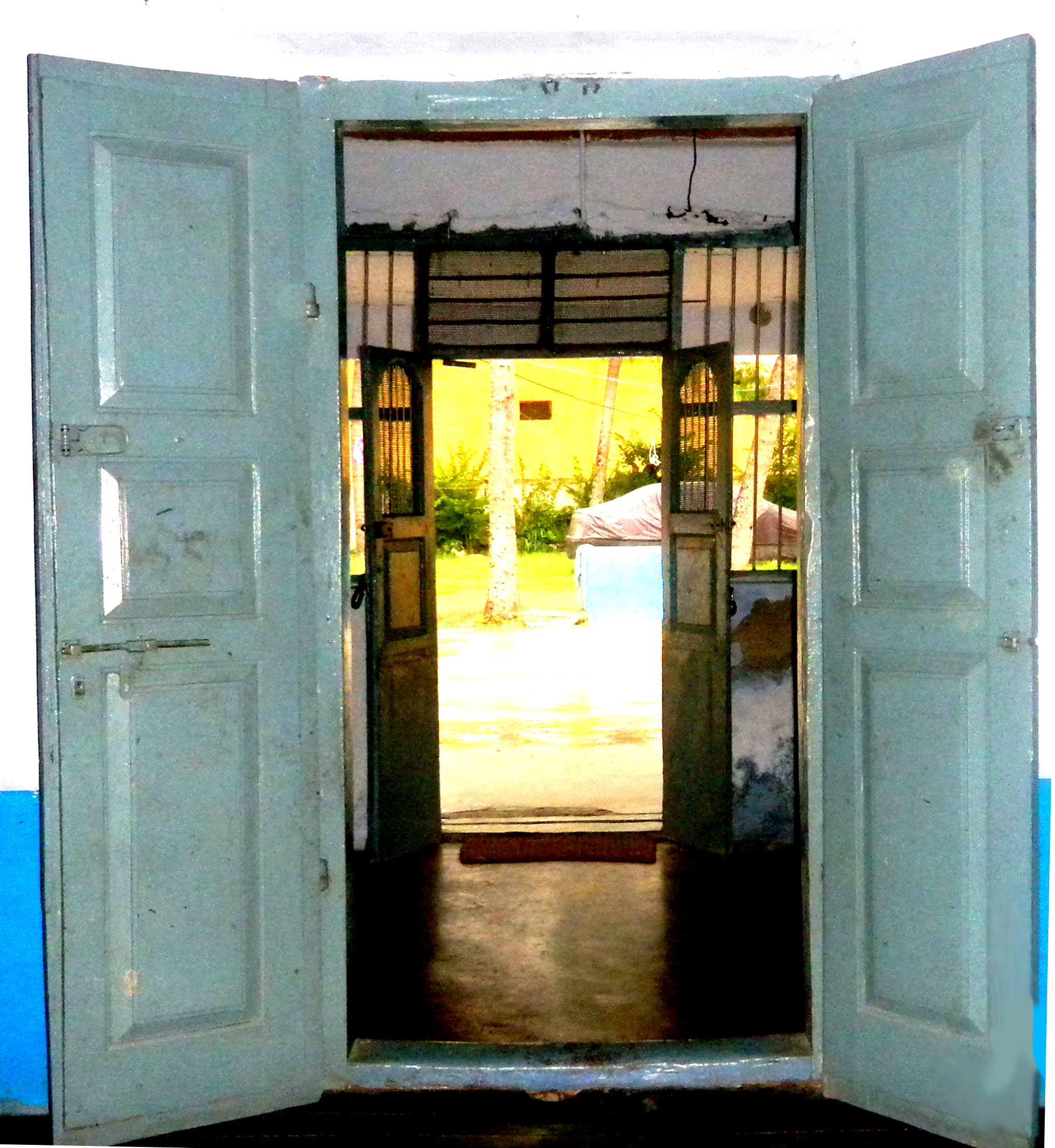Asma brings us the story of one of the most important women of her household. Referred to in this post as “Woman Friday” – a take on the character Friday in Robinson Crusoe – she is “a housekeeper, a breakfast chef, a now retired maid, the market shopper, the family ‘news messenger’, a friend to all in the neighbourhood, a cricket lover, an avid newspaper reader and a watchful aunt.”
My late grandmother’s Woman Friday has a history interesting enough to relate over tea. A daughter of a Sri Lankan headmaster and tea plantation owner, she worked at the tea company’s office. Her job was to cater to the European buyers. She proudly arranged for their tea tasting ceremonies and helped her father with the business.
Alas, the war in Sri Lanka redrew her destiny. After finding their father murdered for not cooperating with certain factions, she and her siblings migrated to India.
My grandfather discovered her when he was posted as a Forest Officer in South India’s tea plantation district. He wanted my grandmother to have company and a capable friend while he was busy travelling. She happily agreed and arrived at my ancestral home 30 years ago as a young woman, barely out of her teens.
She was never considered a servant; our grandfather had shunned discrimination.Today she remains as close to us as our own aunt. She is a housekeeper cum butler, friend and confidant. When we were children visiting on vacation, she was a watchful governess, leaving our mothers to relax. She refused to leave to her brother’s home after both my grandparents passed away, such was her sense of belongingness. She even cooked for orphans as is the community tradition of those who want to add good deeds for their erstwhile elders.
Today she continues to preside over the sprawling house, and we remain confident in her ability from afar. We never mention her past life in the tea gardens. It is a bygone era. But she still makes a beautiful cup of tea.
























